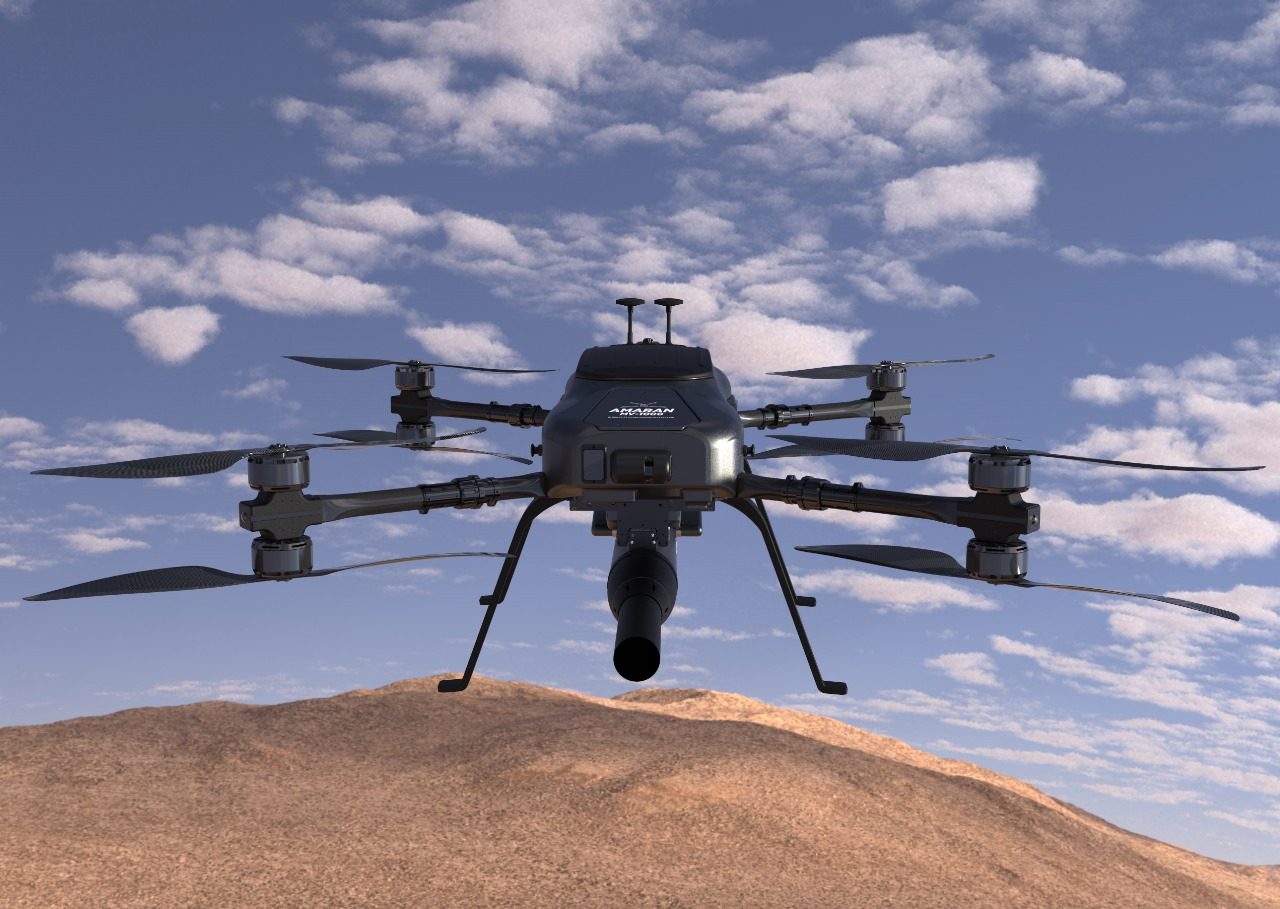U.S. Tariffs Surge on Indian Drone Exports: Impact and Strategic Shifts?
The recent implementation of heightened U.S. tariffs on Indian drone exports, commencing at 25% in August 2025 and potentially ascending to 50%, marks a crucial juncture for the drone sectors of both nations and their broader economic relationship. These tariffs have specifically targeted drones and their components, while other sectors like pharmaceuticals and electronics have dodged these measures, imposing significant obstacles for Indian UAV companies aspiring to access the affluent U.S. market.
India’s Drone Revolution: Growth, Strengths & Challenges
Government-Supported Expansion
India’s drone market has witnessed remarkable growth over recent years, driven by progressive policies such as the Drone Rules 2021 and the Production Linked Incentive (PLI) Scheme. These initiatives foster not only development but also the domestic production of drones used across diverse fields including agriculture, logistics, construction, surveillance, and defense. Such policies have helped Indian brands like ideaForge, Garuda Aerospace, and DroneAcharya establish themselves as influential players on the global stage.
A pivotal step by India occurred in 2022 when the country banned the import of fully assembled drones, primarily from China. This was intended to suppress Chinese market dominance, nurture local startups, and mitigate national security threats. While some Chinese parts still infiltrate India’s supply chain through unofficial channels, this policy has stimulated local drone production, reducing foreign dependency.
U.S. Tariffs: A New Challenge for India’s Drone Sector
Extent and Impact
Starting August 7, 2025, the U.S. implemented a 25% tariff on many Indian imports including drones, with a potential increase to 50% if trade tensions continue. These tariffs affect approximately US$48.2 billion worth of Indian goods exported to the U.S., notably impacting the drone sector. Indian drone and component manufacturers now face a substantial hurdle in accessing the world’s largest commercial drone market.
Rationale Behind Targeting Drones
While certain sectors received exemptions, drones and UAV components remained exposed. This decision reflects U.S. concerns around supply chain security, technology transfer, and possibly aims to support the growth of its domestic drone industry amidst rising geopolitical issues.
Major Impacts on India’s Drone Industry
1. Market Access and Financial Impacts
- U.S. Growth Potential: The U.S. presents significant growth opportunities for Indian drone startups through scalability, premium pricing, and technological collaborations. For upcoming firms like ideaForge and Garuda, tariffs unexpectedly obstruct pathways to venture capital, customer transactions, and international collaborations.
- Economic Contraction: Elevated tariffs elevate the cost of Indian drones, making them less competitive in comparison to U.S. and Chinese counterparts in price-conscious markets.
2. Innovation and R&D Investment
Profits from exports have been reinvested into R&D by Indian drone companies, a crucial cycle for maintaining global competition. Disrupted sales to the U.S. risk impeding this cycle, potentially decelerating innovation.
3. Strategic Realignment and Supply Chain Adjustments
Facing intensified scrutiny on Chinese-made components, Indian manufacturers have begun shifting towards suppliers in Southeast Asia, Israel, and Europe. This move seeks long-term resilience at the expense of short-term cost stability. They are also pursuing joint ventures with Western entities and establishing new domestic partnerships to navigate intensified import duties and compliance challenges.
4. Global Competitive Environment
- Supply Chain Reassessment: Given that U.S. tariffs also apply to Chinese drones (now facing up to 170% import duties), global companies might consider India as an alternative production center. However, as both countries face tariffs, U.S. purchasers might explore alternatives in Vietnam, Mexico, or increase domestic manufacturing investments.
- International Expansion: Indian drone companies are expected to redirect their focus towards markets in Europe, the Middle East, Africa, and parts of Asia to offset U.S. market losses.
Wider Economic and Investment Repercussions
GDP and Employment Concerns
Analysts predict these tariffs could lead to the loss of $30–35 billion in Indian exports across all sectors. This may result in nearly a 1% decrease in India’s GDP growth and initiate capital flight by international investors, further reducing R&D efforts and job creation in the drone industry.
Investor Uncertainty
Current conditions are causing hesitation among global investors. Reports indicate that in August 2025 alone, around $2 billion in foreign investments exited Indian equities following the tariff announcement, showcasing strain in foreign direct investment (FDI) trends too.
How Indian Drone Firms Are Adapting
1. Diversifying and Exploring New Markets
Recognizing new realities, Indian drone manufacturers are increasingly targeting non-U.S. markets such as Africa (for precision agriculture), Southeast Asia (for infrastructure analysis), and Europe (for public safety and logistics).
2. Advancing with Value-Addition and Niches
- Emphasizing advanced software solutions, ensuring stringent safety protocols, and delivering customized products for regulated sectors like mining and defense allows Indian firms to avoid straight price competition.
- Emphasizing domain expertise such as AI-powered analytics or proprietary swarm technologies provides a buffer from competition and trade impediments.
3. Local Strategy: ‘Make in India, for the World’
With governmental support, Indian drone companies are ramping up local R&D, manufacturing, and component sourcing to align with both current Indian and potential future U.S. transparency and origin requirements.
Policy and Strategic Recommendations
For the Indian Government
- Enhance Export Support: Strengthen PLI schemes, provide easier access to capital for R&D, and support programs for entering overseas markets.
- Diplomatic Engagement: Work with Washington for sectoral exceptions or friend-shoring initiatives focusing on supply chain integrity, IP protection, and mutual security interests.
- Trade Diversification: Accelerate Free Trade Agreements (FTAs) with Europe, Japan, and Gulf countries to counterbalance pressures from the U.S. and China.
For the Industry and Startups
- Strengthen Domestic Supply Chains: Reduce reliance on imported motors, electronics, and batteries.
- Foster Global Collaboration: Create strategic alliances with U.S. and EU drone companies for technology exchanges and market entry, particularly in software and services.
Voices from the Industry: Real-Life Accounts
Amit, CTO of a Chennai-based drone startup: “We recently secured three pilot projects with U.S. agricultural businesses. The abrupt tariffs mean our systems now have a higher cost—enough to end those deals. We’re shifting focus to the UAE and Kenya, where demand for agricultural drones is growing, and market barriers are lower.”
Priya, Investment Analyst, Mumbai: “Entering the U.S. market was seen as a sign of credibility—by both investors and consumers. Now, our portfolio companies are rapidly searching for new growth regions and improving proprietary software, beyond just hardware.”
Garuda Aerospace Case Study: A leader in Indian drone exports, Garuda established a distribution network in Texas, training local pilots in crop monitoring. The 25% tariffs have increased its U.S. pricing above many American and even reprocessed Chinese brands. Garuda is now negotiating joint ventures with an Israeli sensor company and seeking grants to expand into Latin America.
Broader Perspective: Strategic Changes and Future Outlook
- Global Dynamics: With tariffs affecting both India and China, U.S. purchasers might diversify sourcing or advocate for local production, significantly changing global supply chains.
- Geopolitical Challenges: These developments coincide with regulatory bodies like the FAA updating standards for long-distance uncrewed flights, underscoring the importance of harmonized standards globally, albeit challenging during tariff conflicts.
Concluding Thoughts
The amplification of U.S. tariffs on Indian drone exports implies more than policy changes; it’s an alarm with direct impacts on global technology exporters. Although India’s drone industry is resilient—backed by strategic policies and an innovative startup scene—this U.S. stance will test its adaptability and potential to reorient on the international platform. How India navigates these challenges will be a critical lesson in global technology strategy in the coming years.













